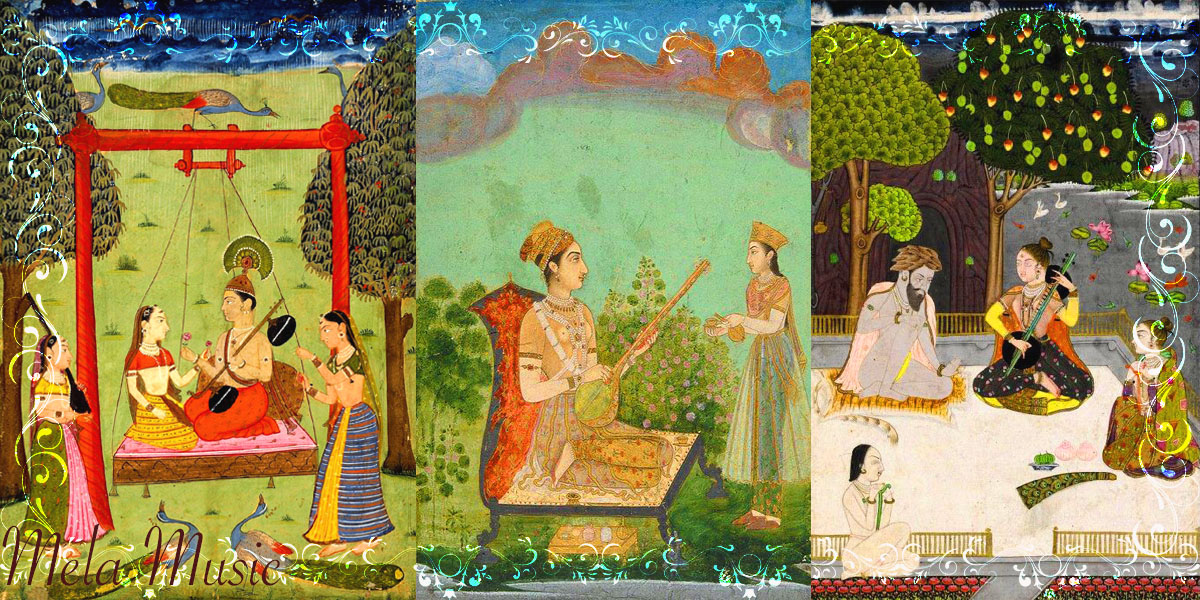
Raga Multani is not classified under the Bilawal thaat; it is actually associated with the Todi thaat in Hindustani classical music. The Todi thaat is known for its serious and meditative mood, and Raga Multani shares those characteristics. It is typically performed during the late evening or early night hours, creating an atmosphere of introspection and contemplation.
Musicians explore the melodic nuances of Raga Multani through intricate improvisations, showcasing the raga’s emotional depth and expressive possibilities. They employ ornamentations, meend (glides), gamakas (ornamental oscillations), and taans (fast melodic passages) to enhance the raga’s melodic beauty.
Raga Multani has a rich repertoire of compositions in various forms of Hindustani classical music, such as dhrupad, khayal, thumri, and bhajan. These compositions reflect the raga’s introspective and emotive qualities, often conveying themes of love, longing, and spirituality.
While Raga Multani primarily belongs to the Hindustani classical music tradition, it may have variations in interpretation and usage across different gharanas (musical lineages) and individual artists. This diversity adds to the richness and versatility of the raga.
